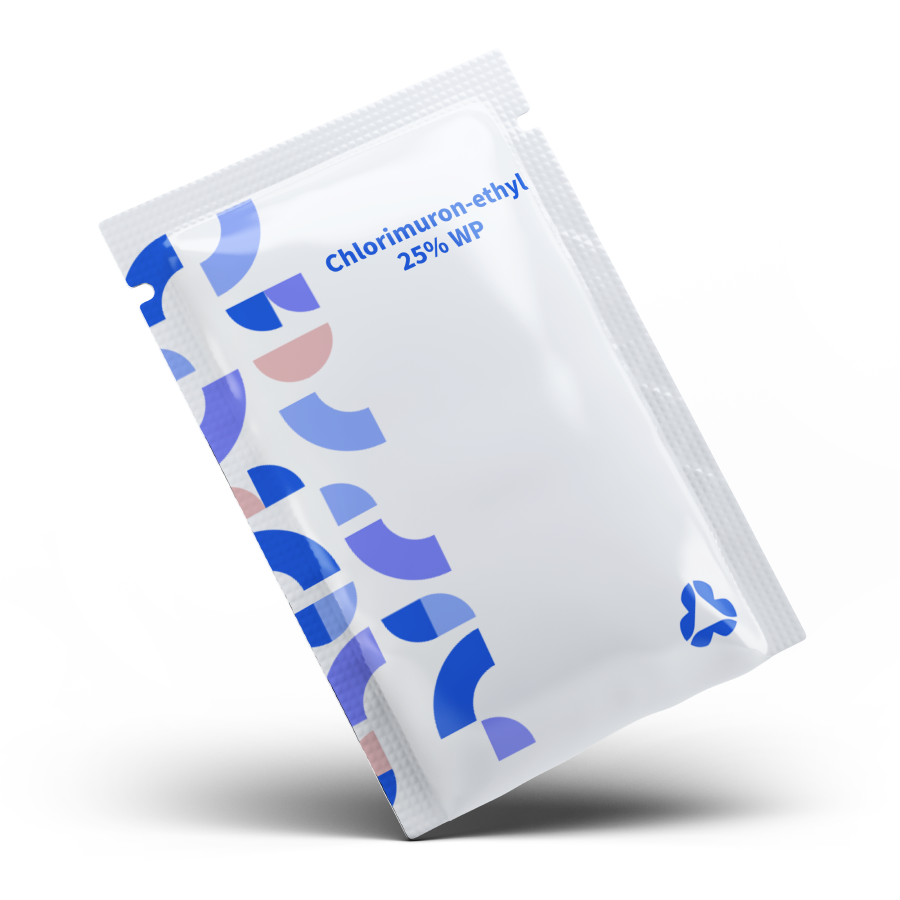Chlorimuron-ethyl is a selective systemic herbicide from the sulfonylurea family, designed to control annual and perennial broadleaf weeds in soybeans, peanuts, cotton, and other leguminous crops. As an acetolactate synthase (ALS) inhibitor, it disrupts amino acid biosynthesis in target plants, leading to growth cessation and death. Its low application rates, residual soil activity, and broad-spectrum efficacy make it a cornerstone in legume weed management programs.

